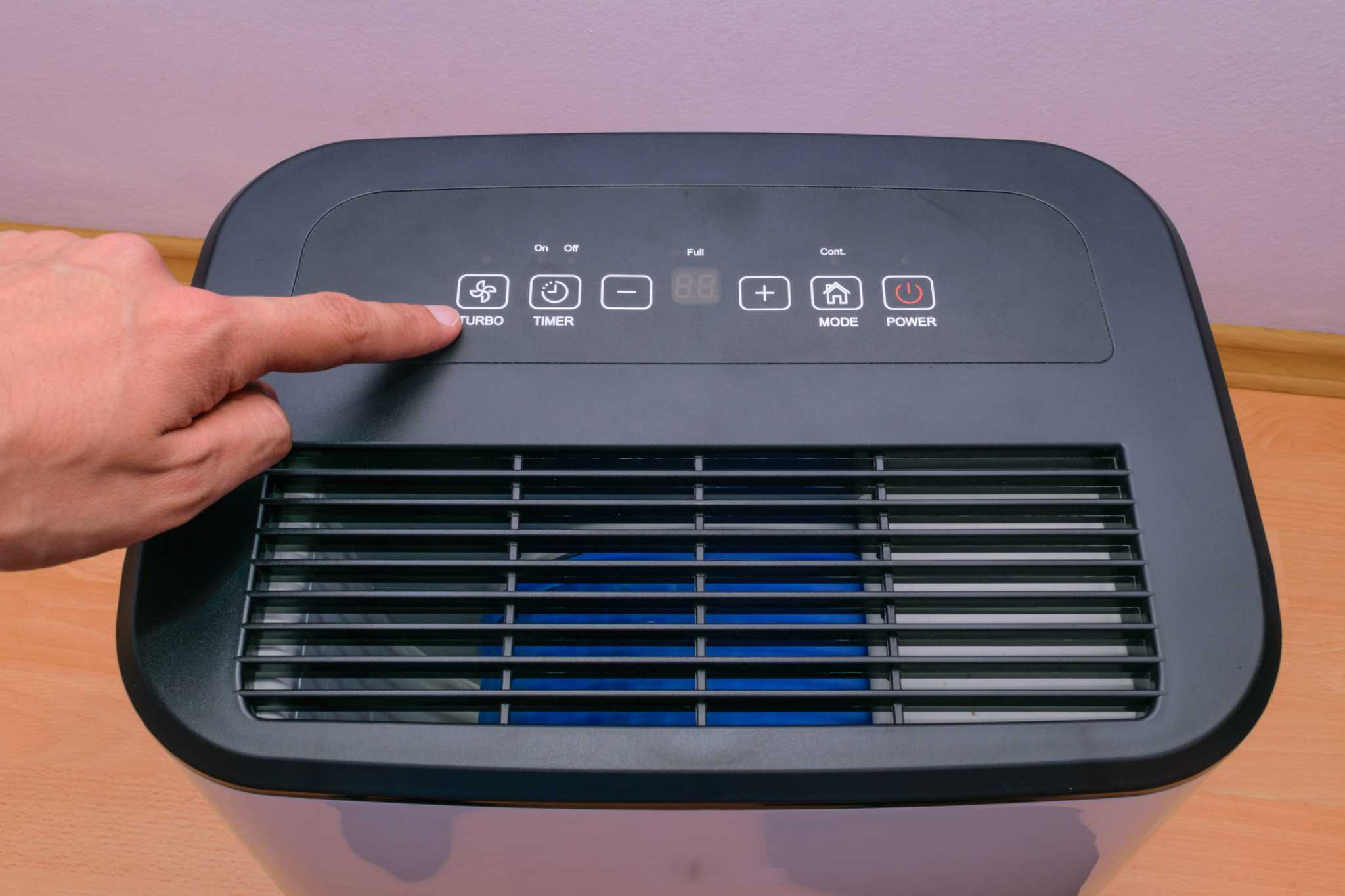

Articles
What Should I Set Dehumidifier At
Modified: December 6, 2023
Find out what setting to use for your dehumidifier to maintain optimal humidity levels in your home. Our articles provide helpful tips and guidance for effective dehumidifier use.
(Many of the links in this article redirect to a specific reviewed product. Your purchase of these products through affiliate links helps to generate commission for Storables.com, at no extra cost. Learn more)
Introduction
Welcome to the world of dehumidifiers! If you’re struggling with excessive moisture in your home or workplace, a dehumidifier can be a game-changer. It not only helps to combat mold, mildew, and musty odors, but also creates a more comfortable and healthier living environment.
However, setting the right humidity level on your dehumidifier is crucial to achieve optimal results. The ideal setting will depend on various factors, such as the climate, room size, and personal preference. In this article, we will explore the different aspects to consider when setting your dehumidifier and provide recommendations for the ideal relative humidity levels.
Before diving into the details, let’s quickly understand what humidity actually is. Humidity refers to the amount of water vapor present in the air. It can have a significant impact on our well-being as well as the structural integrity of our living spaces.
Excessive humidity can lead to a host of problems, including mold growth, peeling wallpaper, warped furniture, and an overall damp and uncomfortable environment. On the other hand, too little humidity can cause dry skin, irritated respiratory systems, and damage to wooden furniture or musical instruments.
By controlling the humidity levels with a dehumidifier, you can prevent these issues and create a more pleasant and healthier indoor environment. So, let’s delve into the factors to consider when setting your dehumidifier to ensure optimal results.
Key Takeaways:
- Maintaining the ideal relative humidity level (30% to 50%) in different areas of your home or workspace is crucial for preventing mold growth, musty odors, and moisture-related damage. Adjust your dehumidifier settings based on specific conditions and personal comfort preferences.
- Efficiently using your dehumidifier involves proper placement, regular maintenance, controlling moisture sources, and utilizing timers or programmable settings. These practices optimize performance, save energy, and create a healthier indoor environment.
Read more: What Dining Table Should I Get?
Understanding Humidity Levels
Before we discuss the proper settings for your dehumidifier, it’s important to have a basic understanding of humidity levels. Humidity is typically measured in terms of relative humidity (RH) which indicates the percentage of moisture that the air is holding compared to the maximum amount it can hold at a given temperature.
For instance, if the RH is 50%, it means that the air is holding half of the maximum moisture it can hold at that temperature. The optimal relative humidity level for indoor spaces is generally between 30% and 50%. This range strikes a balance between too much moisture and too little.
High humidity levels can promote the growth of mold, mildew, and dust mites, which can trigger allergies and respiratory issues. It can also cause condensation on windows, resulting in water damage and mold growth. On the other hand, low humidity can lead to dry skin, nasal congestion, and irritation of the eyes and throat.
Now that we have a grasp on the importance of maintaining proper humidity levels, let’s explore the factors that should be taken into consideration when setting your dehumidifier.
Factors to Consider When Setting a Dehumidifier
When it comes to setting your dehumidifier, several factors need to be considered to achieve the desired results. Let’s take a closer look at each of these factors:
- Room Size: The size of the room will determine the capacity and power of the dehumidifier you need. Larger rooms will require a higher-capacity dehumidifier to effectively remove moisture from the air.
- Climate: The climate you live in plays a significant role in determining your ideal humidity levels. Regions with high humidity, such as coastal areas, may require a more aggressive dehumidifier setting, while drier climates may need less dehumidification.
- Moisture Level: If you’re experiencing excessive moisture issues, such as water stains on walls or condensation on windows, you may need to set your dehumidifier at a higher level to remove the excess moisture from the air.
- Occupancy: The number of people occupying a room also influences humidity levels. More people in a room means more moisture being released into the air through activities like breathing and perspiration, thus requiring higher dehumidifier settings.
- Airflow: Proper airflow in the room is important to ensure efficient dehumidification. Make sure that the dehumidifier is not obstructed by furniture or placed near walls. Maintaining good circulation will help the dehumidifier work more effectively.
- Level of Comfort: Everyone has their own comfort level when it comes to humidity. Some individuals may prefer slightly higher or lower humidity levels within the recommended range. Adjust the dehumidifier settings to meet your personal preferences.
By considering these factors, you can make informed decisions when setting your dehumidifier to achieve the optimal relative humidity for your space. However, it’s important to know the recommended humidity levels for different scenarios to ensure that you’re creating a healthy and comfortable environment. Let’s dive into that next.
Recommended Relative Humidity Levels
The ideal relative humidity (RH) levels for different scenarios can vary slightly, but generally fall within the range of 30% to 50%. Here are some recommendations for specific areas of your home or workspace:
- Bedrooms: Aim for a RH level between 40% and 50% in bedrooms to promote a comfortable and restful sleep. This range helps prevent issues like condensation on windows and the growth of mold or mildew on bedding and upholstery.
- Bathrooms: Bathrooms tend to have higher moisture levels due to frequent use of showers and faucets. To prevent moisture-related problems, set your dehumidifier to maintain a RH level below 50% in this area.
- Living Areas: Keeping the RH level between 30% and 50% in living areas is recommended. This range helps to maintain a comfortable and healthy environment, reducing the risk of mold growth and protecting furniture and electronics from moisture damage.
- Basements: Basements are notorious for high humidity levels and moisture problems. Set your dehumidifier between 45% and 55% RH in basements to prevent musty odors, dampness, and the growth of mold and mildew.
- Crawlspaces: Crawlspaces are prone to high humidity and condensation issues. Aim for a RH level below 60% in these areas to prevent structural damage, rot, and mold growth.
- Workspaces: Maintaining a RH level between 40% and 50% in offices and workspaces can promote productivity and comfort for employees. It also helps protect sensitive equipment, such as computers and printers, from moisture-related damage.
Remember, these are general recommendations, and you may need to adjust the settings based on the specific circumstances of your environment. Now that you have an idea of the recommended humidity levels, let’s discuss how to set your dehumidifier accordingly.
Set your dehumidifier between 30-50% for optimal comfort and to prevent mold growth. Adjust based on the humidity level in your home.
Setting the Dehumidifier for Different Scenarios
Now that you have a better understanding of the recommended relative humidity (RH) levels for various areas of your home or workspace, it’s important to know how to set your dehumidifier accordingly. Here are some guidelines for different scenarios:
- High Humidity: If you’re experiencing high humidity levels, such as during the summer months or in a particularly humid environment, it’s recommended to set your dehumidifier to a lower RH level, around 30% to 40%. This will help remove excess moisture from the air and improve comfort.
- Medium Humidity: For areas where the humidity level is moderate, such as in living rooms or bedrooms during normal weather conditions, a setting of 40% to 50% RH is generally sufficient. This range strikes a balance between comfort and prevention of mold or mildew growth.
- Low Humidity: In rare cases where the humidity level is too low, such as in very dry climates or when using heating systems during the winter, it’s important to avoid overdrying the air. Setting your dehumidifier to a slightly higher RH level within the recommended range, around 50% to 60%, can help maintain a comfortable level of humidity.
- Specialized Areas: Specific areas like basements, crawlspaces, and bathrooms may require specific settings due to their unique moisture challenges. It’s crucial to monitor and adjust the dehumidifier settings based on the specific conditions of these areas to prevent moisture-related issues.
Remember to regularly check the humidity levels in your space using a hygrometer (humidity monitor) to ensure that your dehumidifier is effectively maintaining the desired RH level. Make adjustments as needed based on the conditions and your comfort preferences.
Additionally, keep in mind that certain dehumidifiers may offer additional features like timers or humidity sensing capabilities. These features can help automate the dehumidification process and optimize energy efficiency.
By setting your dehumidifier appropriately for different scenarios and monitoring the humidity levels, you can create a comfortable and healthy indoor environment.
Monitoring and Adjusting Humidity Levels
Monitoring and adjusting the humidity levels in your space is essential to maintain a comfortable and healthy indoor environment. Here are some tips on how to effectively monitor and adjust humidity levels:
- Use a Hygrometer: A hygrometer is a device that measures the humidity level in your space. Place it in the room where your dehumidifier is located to monitor the humidity levels accurately. This will help you determine if the dehumidifier settings need to be adjusted.
- Regularly Check the Hygrometer Readings: Make it a habit to check the hygrometer readings regularly. Ideally, do this at least once a day to ensure that the humidity remains within the desired range. If the readings consistently fall outside the recommended levels, it’s time to adjust the dehumidifier settings.
- Adjust the Dehumidifier Settings: Based on the hygrometer readings, you may need to adjust the settings on your dehumidifier. If the humidity levels are too high, decrease the setting to remove more moisture from the air. Conversely, if the levels are too low, increase the setting to maintain a more comfortable humidity level.
- Consider Time of Year: Humidity levels fluctuate throughout the year, with higher levels typically during the summer months. Take into account the seasonal changes and adjust your dehumidifier settings accordingly. For example, you may need to set a lower humidity level during the humid summer season compared to the drier winter season.
- Observe Mold and Condensation: Keep an eye out for signs of mold growth or condensation on windows, walls, or ceilings. If you notice these issues, it’s an indication that the humidity levels are too high, and you should increase the dehumidifier settings to prevent further damage or health risks.
- Experiment with Different Settings: Achieving the perfect humidity balance for your space may require some trial and error. Experiment with different dehumidifier settings and monitor the results to find the setting that works best for you. Remember, personal comfort preferences may vary, so find a humidity level that feels most comfortable to you.
By regularly monitoring the humidity levels and making necessary adjustments, you can maintain a healthy and comfortable indoor environment for yourself and your family or colleagues.
Now that you know how to effectively monitor and adjust the humidity levels, let’s move on to some tips to use your dehumidifier efficiently.
Tips for Using a Dehumidifier Efficiently
Using your dehumidifier efficiently not only helps maintain the desired humidity levels, but also saves energy and prolongs the life of your device. Here are some tips to help you get the most out of your dehumidifier:
- Proper Placement: Place your dehumidifier in the room where you need it the most. This could be the area with the highest humidity level or where you spend the most time. Make sure the dehumidifier is not obstructed by furniture or curtains and has sufficient space around it for proper air circulation.
- Regular Maintenance: Follow the manufacturer’s instructions for cleaning and maintaining your dehumidifier. Regularly clean or replace the air filters as clogged filters can decrease the efficiency of the unit. Also, empty or drain the water collection bucket as needed to prevent overflow.
- Control the Moisture Sources: Alongside using a dehumidifier, address the underlying sources of moisture in your space. Fix any leaks, insulate windows, and ensure proper ventilation in areas like kitchens and bathrooms. By reducing moisture sources, you can help your dehumidifier work more efficiently.
- Set the Humidity Level: Set your dehumidifier to the appropriate humidity level based on the recommendations we discussed earlier. Avoid setting it too low, as this can result in an overly dry environment and unnecessary energy consumption.
- Utilize Timers and Programmable Settings: Take advantage of any timers or programmable settings available on your dehumidifier. This allows you to schedule when the dehumidifier operates, optimizing energy efficiency and ensuring it only runs when needed.
- Keep Doors and Windows Closed: To prevent introducing additional moisture into the space, keep doors and windows closed while the dehumidifier is running. This helps the dehumidifier work more effectively and efficiently.
- Consider Energy Efficiency: When purchasing a new dehumidifier, look for models with an ENERGY STAR certification. These units are designed to consume less energy without compromising performance, helping you save on electricity costs.
By following these tips, you can maximize the efficiency of your dehumidifier, control moisture levels effectively, and create a healthier and more comfortable environment.
Now that we’ve covered the tips for efficient dehumidifier use, let’s wrap up our article.
Conclusion
Properly setting and using a dehumidifier is essential for maintaining a comfortable and healthy indoor environment. Understanding humidity levels, considering various factors, and monitoring the humidity levels with a hygrometer are key in achieving optimal results.
By following the recommended relative humidity levels for different areas of your home or workspace, you can prevent issues like mold growth, musty odors, and moisture-related damage to your belongings.
Remember to adjust the settings of your dehumidifier according to the specific conditions and your personal comfort preferences. Regularly monitor the humidity levels using a hygrometer and make necessary adjustments to maintain the desired range.
Using your dehumidifier efficiently involves proper placement, regular maintenance, controlling moisture sources, and utilizing timers or programmable settings. These practices not only optimize the performance of your dehumidifier but also save energy and prolong the lifespan of the device.
Creating a healthier and more comfortable indoor environment is within reach with the use of a dehumidifier. By following the guidelines and tips provided in this article, you can effectively manage humidity levels and enjoy a space free from excess moisture, mold, and other related issues.
So, take control of your indoor environment, set your dehumidifier appropriately, and breathe easier knowing that you’re creating a more pleasant and healthier living or working environment.
Frequently Asked Questions about What Should I Set Dehumidifier At
Was this page helpful?
At Storables.com, we guarantee accurate and reliable information. Our content, validated by Expert Board Contributors, is crafted following stringent Editorial Policies. We're committed to providing you with well-researched, expert-backed insights for all your informational needs.
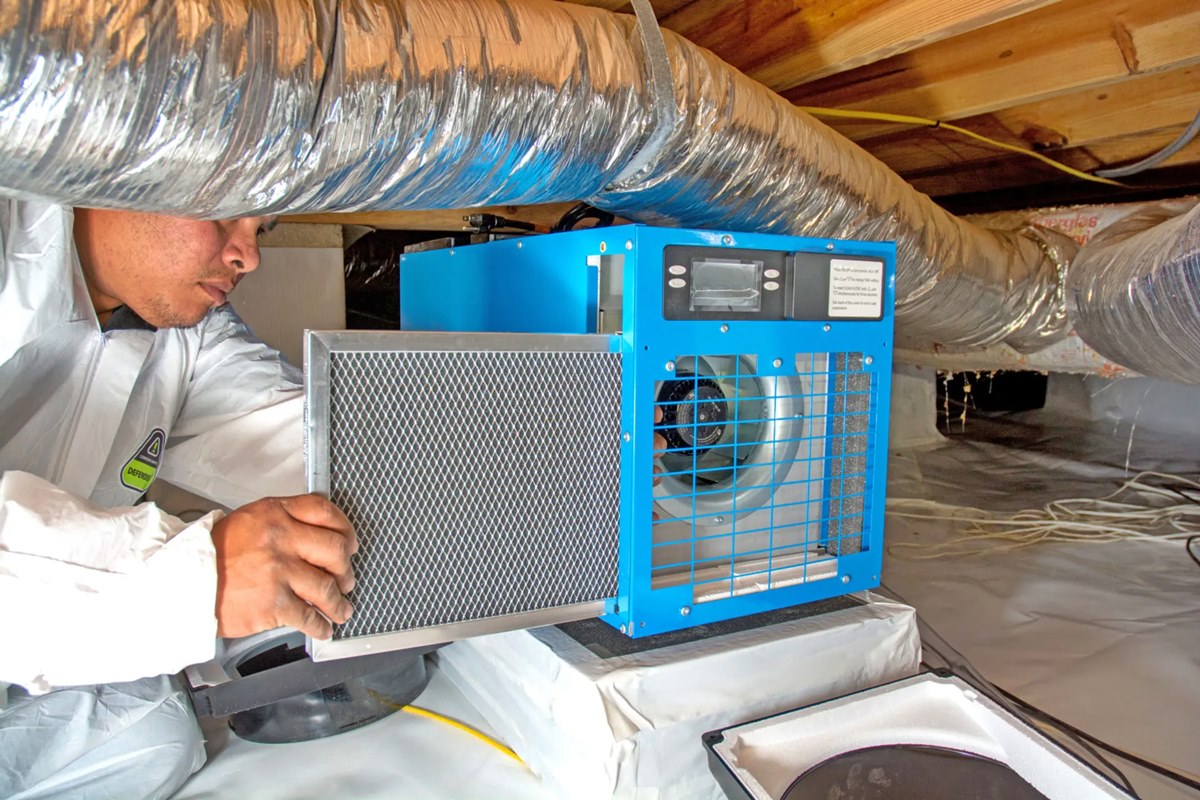






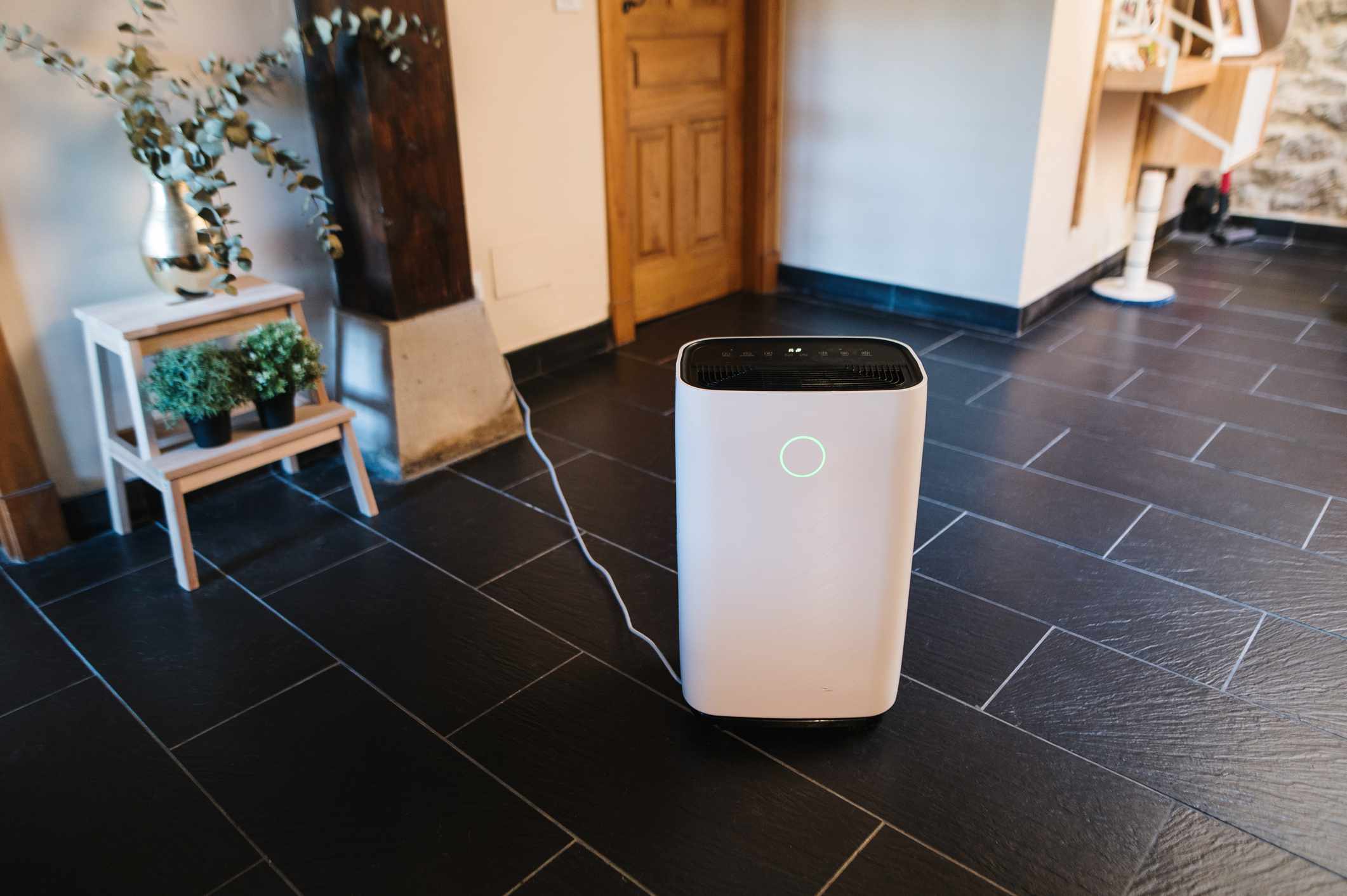


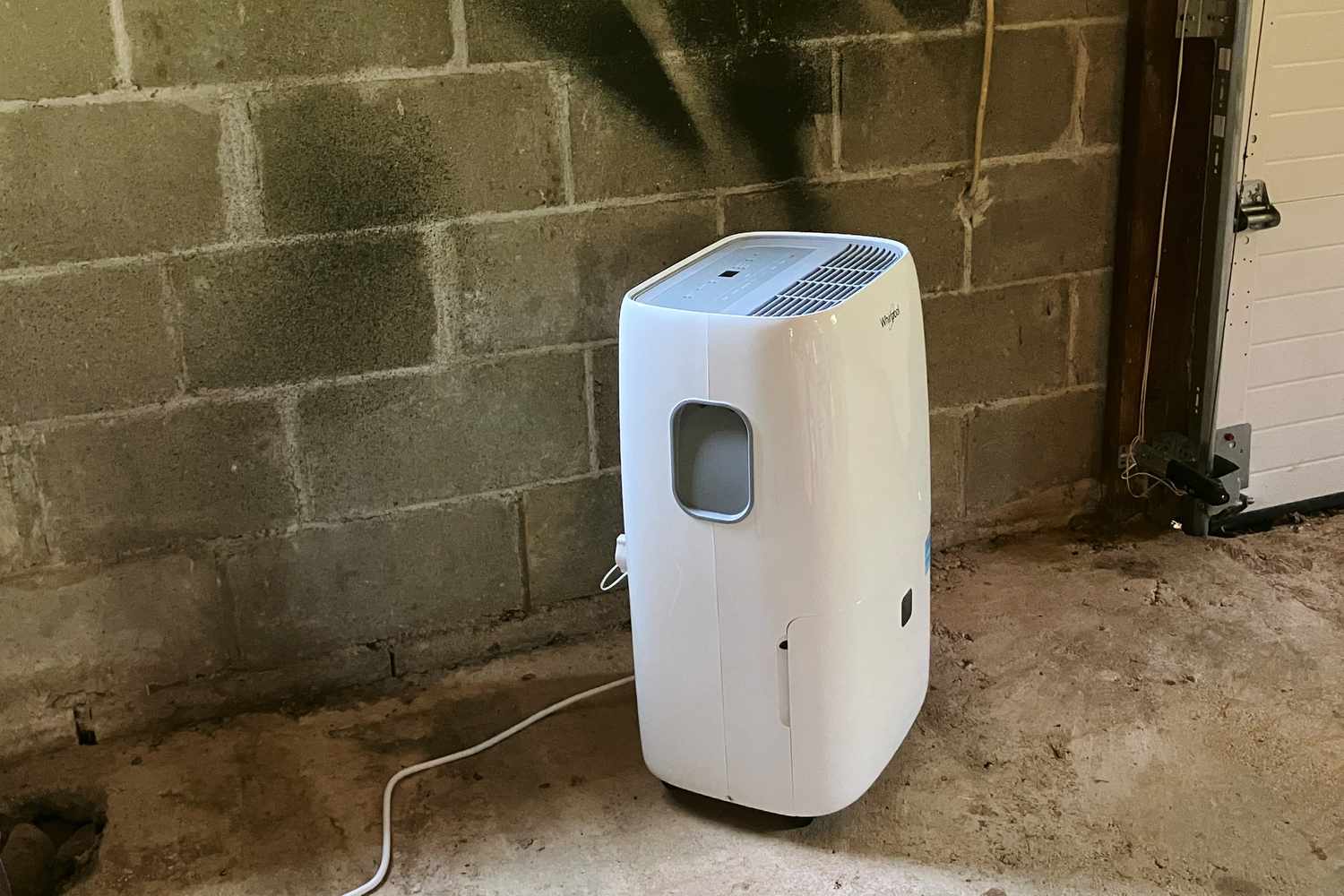
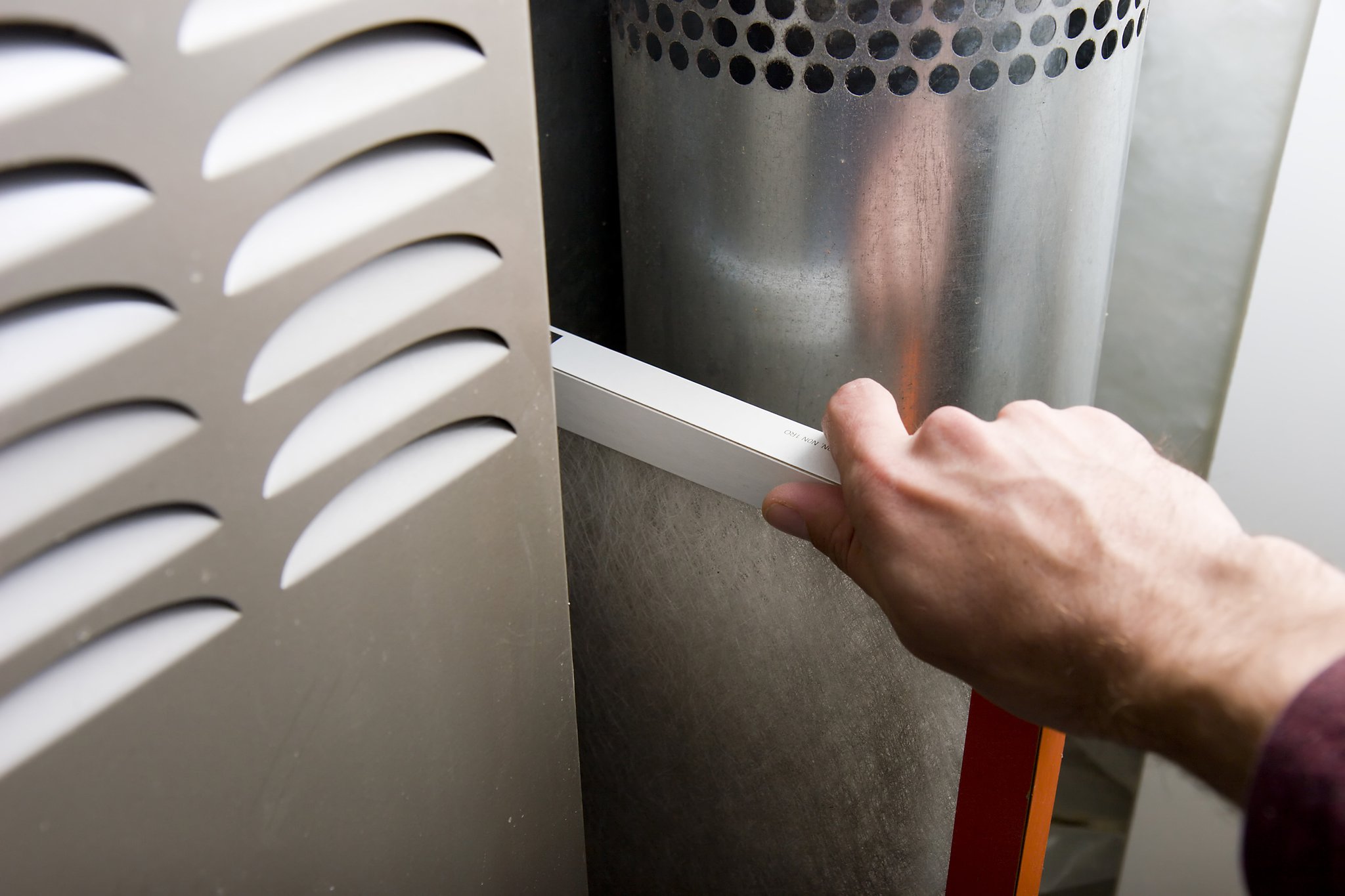



0 thoughts on “What Should I Set Dehumidifier At”